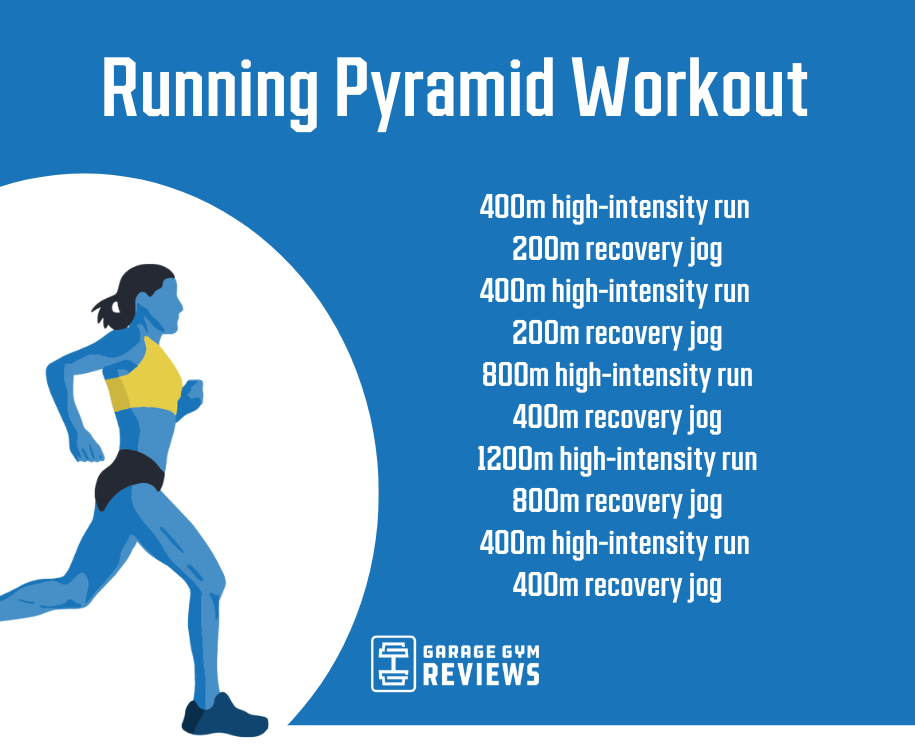Enhance Your Running Workout: Professional Strategies Revealed
Enhance Your Running Workout: Professional Strategies Revealed
Blog Article
Exactly How to avoid and Handle Pain in Operating: Professional Tips and Recommendations
The quest of that runner's high can sometimes be prevented by the unwelcome friend of pain. There exist tried and tested techniques and experienced guidance that can aid reduce and take care of these discomforts, enabling you to focus on the happiness of running itself.
Relevance of Appropriate Shoes
Appropriate shoes plays a critical role in preventing and taking care of pain for joggers, as it considerably influences their convenience, efficiency, and overall foot wellness. When it comes to running, wearing the right shoes can make all the difference. Uncomfortable or inappropriate shoes can result in a host of issues such as sores, shin splints, plantar fasciitis, and much more extreme injuries like tension fractures.
Choosing the right operating shoes involves taking into consideration factors such as foot type, stride mechanics, running terrain, and individual preferences. Runners with high arcs might require more padding and support, while those with flat feet might benefit from stability shoes. Furthermore, recognizing pronation (the internal rolling of the foot) and supination (the outward rolling of the foot) can help in selecting shoes that offer the ideal degree of arch support.
Buying high quality operating footwear that are ideal for your specific requirements can help protect against discomfort and discomfort while boosting your running experience. Focusing on appropriate footwear is not almost performance yet additionally concerning guarding your foot wellness in the lengthy run.

Efficient Warm-up Techniques
A dynamic warm-up regimen prior to a run helps enhance blood flow to the muscle mass, boosts versatility, and improves the array of activity of the joints. Dynamic stretches like leg swings, high knees, and hip circles are beneficial in preparing the body for the physical demands of running.
Along with vibrant stretches, integrating some light cardio workouts such as jogging or missing rope can even more boost the heart rate and heat up the body. This combination of vibrant stretching and light cardio assists loosen tight muscle mass, lubricate the joints, and mentally prepares the runner for the upcoming exercise (running workout). By making warm-ups a regular part of your running regimen, you can dramatically decrease the danger of injuries and perform at your finest throughout each run
Key Stretching Workouts
When preparing for a run, integrating Read Full Article vital stretching exercises is vital to improve muscle versatility and prevent injuries - Read More. Dynamic stretches such as leg swings, high knees, and hip circles are valuable for warming up the muscles and raising series of motion prior to a run. These movements assist boost blood flow, loosen tight muscles, and prepare the body for the task in advance
Fixed stretches like calf bone stretches, hamstring stretches, and quadriceps stretches need to adhere to a go to help in muscle mass recovery and prevent tightness. Holding each go for 15-30 seconds enables the muscular tissues to unwind and elongate, lowering the threat of post-run pain and prospective injuries.
Furthermore, incorporating yoga positions like downward pet, pigeon present, and spine spins can target several muscle mass teams simultaneously, advertising overall adaptability and toughness. Consistent extending routines not just improve efficiency but additionally help in maintaining great running type and protecting against overuse injuries. Remember, appropriate stretching methods are essential for a risk-free and pleasurable running experience.
Healing and Rest Methods
After completing a run, implementing reliable healing and rest techniques is important for optimizing performance and reducing the risk of injuries. In addition, integrating rest days right into your training timetable is crucial to avoid overuse injuries and burnout.
Energetic recovery strategies such as gentle extending, foam rolling, and yoga can assist enhance circulation, decrease muscular tissue pain, and enhance versatility. It is additionally useful to focus on hydration and nourishment post-run to restore electrolytes, glycogen stores, and promote muscle mass recuperation.
Cross-training tasks like swimming or biking can give a break from the repetitive impact of running while still keeping cardio fitness - running workout. Listening to your body and acknowledging when it requires a break is vital to stop chronic injuries and making sure long-lasting running success. Keep in mind, remainder is not an indicator of weak point but an important element of a well-shaped training regimen
Cross-Training Benefits

It permits you to work on different facets of physical fitness that may not be targeted only with running, leading to a more well balanced and well-rounded professional athlete. In addition, cross-training can aid improve running performance by dealing with muscular discrepancies and weak points that might hinder performance.
Verdict
To conclude, correct shoes, warm-up methods, extending workouts, recovery methods, and cross-training are necessary parts in protecting against and handling pain in running. By incorporating these techniques right into your routine, you can reduce the danger of injury and pain while making best use of performance and enjoyment of the sport. Read More. Keep in mind to pay attention to your body, prioritize remainder and recovery, and seek specialist guidance when needed to make sure a secure and efficient running experience
Report this page